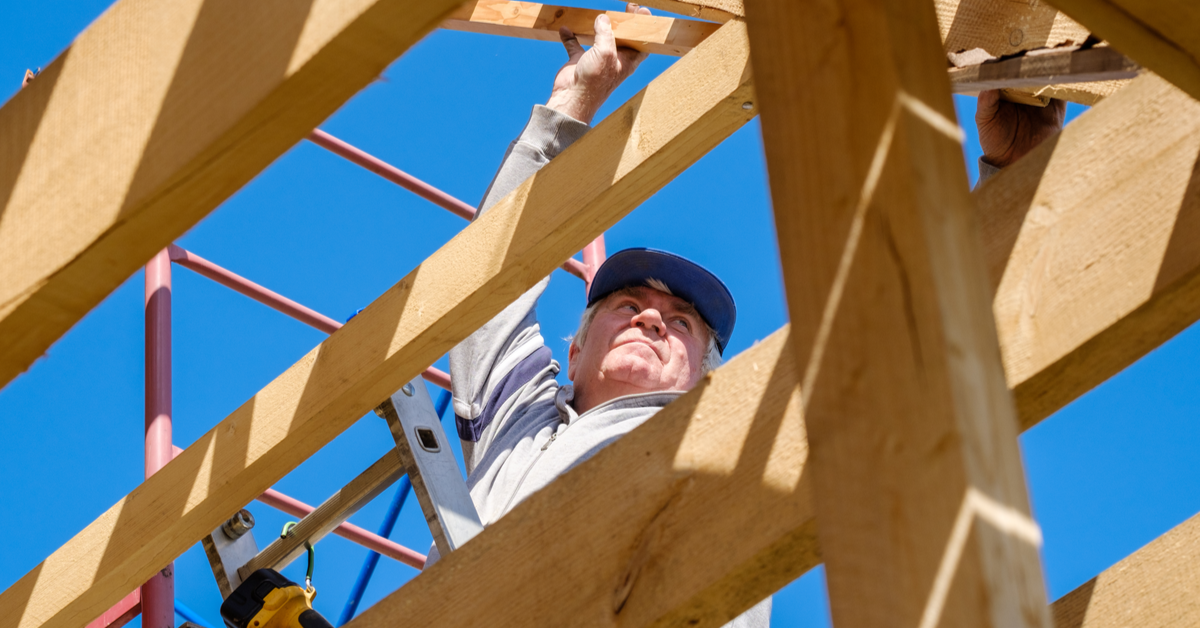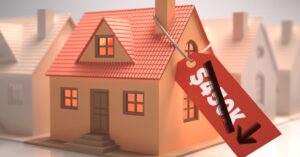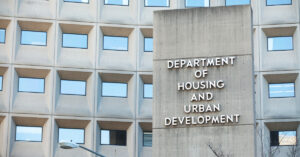Housing starts saw a slight rebound in May, posting a 3.6% monthly increase to reach a seasonally adjusted annual rate of 1.57 million units, according to new figures from the U.S. Census Bureau and the Department of Housing and Urban Development.
The headline figure constitutes an improvement, especially since April’s figures were revised downward from the previously reported 1.57 million units to a rate of 1.52 million units. Joel Kan, associate vice president of economic and industry forecasting for the Mortgage Bankers Association, called the uptick “a slight reprieve for a housing market that is experiencing extremely low levels of inventory.”
Single-family starts came in at a seasonally adjusted annual pace of 1.10 million units, up 4.2% from April. Multifamily starts increased 2.4% monthly to reach a rate of 474,000 units. Annually, overall starts are up 50.4%, a figure that’s partially inflated because it’s relative to last May, when pandemic-related shutdowns and restrictions ground most building to a halt.
Still, the overall construction rate was less than expected; economists polled by Reuters had projected a rate of 1.630 million units.
Steep lumber prices, combined with short supply of other building materials, continue to hamper home construction. The Associated Builders and Contractors reported earlier this week that construction input prices are up 24.3% year over year, including a whopping 154.3% annual jump in the cost of softwood lumber.
“What’s the point of taking another contract and generating another housing start if you can’t get the material?” said Doug Duncan, chief economist at Fannie Mae. “The fact that starts were roughly flat after adjusting for revisions on prior months is not a surprise, because of the material shortages that the builders are facing. They’re not wanting to make commitments when they don’t know whether or at what price they’re able to get the materials.”
Input issues already appear to be holding down construction moving forward.
“Permits for new construction, which are typically a forward-looking indicator of new starts, declined 3%,” Kan observed, with permits ending May at a seasonally adjusted annual rate of 1.68 million units. “The homebuilding industry continues to grapple with increasing materials costs and delayed deliveries from suppliers.”
“Single-family permits declined to the lowest pace since September 2020 as the home building market cools somewhat to adjust to higher prices and longer delivery times of building materials,” added National Association of Homebuilders (NAHB) chief economist Robert Dietz. “The count of single-family homes permitted but not started construction is up 53% over the last year due to both gains for home construction since the onset of the 2020 virus crisis and the delay of some building projects due to higher costs for materials and labor.”
NAHB chair Chuck Fowke, who has been raising concerns about material costs for months, called on the government to step in.
“Policymakers need to help the industry’s supply chains in order to protect housing affordability,” he said.





